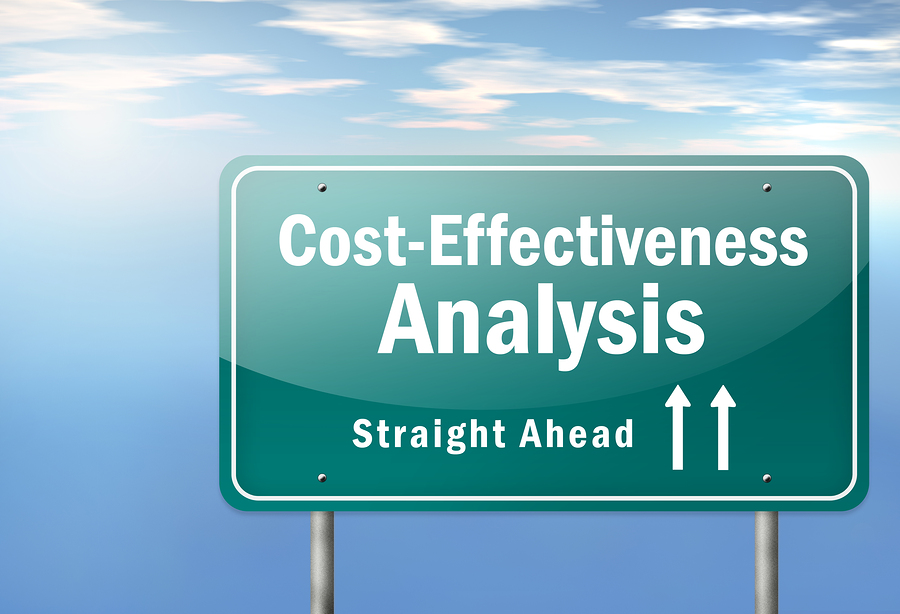Not all standardization is good for your healthcare organization’s bottom line.
For over 40+ years, the healthcare supply chain industry has espoused standardization as a technique of choice for reducing and controlling their costs. I cannot argue that if implemented strategically this will definitely reduce your supply costs. Unfortunately, we have seen hundreds of supply chain organizations over-standardizing because of the scope of their standardization practices. Consequently, this practice ends up costing you more than you are saving, and you may not even realize this is occurring.
Best Practice
To give you more insight into this thinking, let’s define the true benefit of standardization as a best practice: Standardization is the consolidation of vendors and/or manufacturers of defined product/service categories with the goal of gaining the most economy of scale to render a better negotiable price and/or contract terms. A simple example of this practice would be consolidating your Peripherally Inserted Central Catheters (PICC Lines) to one manufacturer, which will give you the highest group purchasing contract tier to achieve “Best Price” in this category of purchase. On the surface this looks like a great price strategy, but here’s the problem that has been created by this tactic; most hospitals, systems, and IDN’s decide to go one step further and standardize on the PICC lines that the customers will use house-wide to one primary triple port PICC line on the manufacturer’s contract offering. Their thinking is that this one PICC line would cover all the customers’ needs throughout their healthcare organization. This is what we call over-standardization. Does this thinking really benefit your bottom line?
New Tactic
First, there is no additional economy of scale that you will receive by consolidating inside a manufacturer’s contract by doing this, since you have already consolidated your volume to the one manufacturer and gained your best price. You may think that you are keeping inventory lines to a minimum, but does that really equate to a measurable advantage? Even worse, with this PICC lines’ standardization example, you now have standardized to a triple port PICC line when the majority of the time your patients only require a single or dual port, but the only option your PICC nurses have is an expensive triple port line. This equates to 13% to 32% of unused PICC line features being wasted 53% to 71% of the time. The question you must ask yourself is why knowingly throw away 13% to 32% of your PICC lines’ cost/value, representing tens of thousands of dollars annually, especially when it is not clinically required?
The lesson to be learned here is that your triple port PICC line will cover all of your clinical bases but you are wasting the value of this particular product. Keep in mind that the goal of value analysis is to find these gaps and close them to make sure that you are only using the exact product with the right configuration at the right time.
Customization vs. Standardization
The solution to this over-standardization problem is to look at customizing your PICC lines (and other commodities) within the manufacturer’s product mix, instead of standardizing on one PICC line.
To this end, find out through observations and interviews what your nursing floors/departments’ unique PICC line requirements are, and then just buy what they absolutely need – no more or less. Then, establish standards for each nursing floor/department. (e.g., ICU – dual and triple PICC lines; ED – single and dual; 4 Tower North – single line, etc.) to build your purchasing specifications. Next, follow up with training programs in the proper use of each of these PICC catheters. The goal in doing these three steps is to eliminate the wasted and costly feature gaps to ensure that you are only using what you absolutely need, not only in PICC lines but all products and services organization-wide. Further, make sure you are utilizing every penny/dollar you pay for each and every product/service you buy, since waste and inefficiency is no longer an option!





